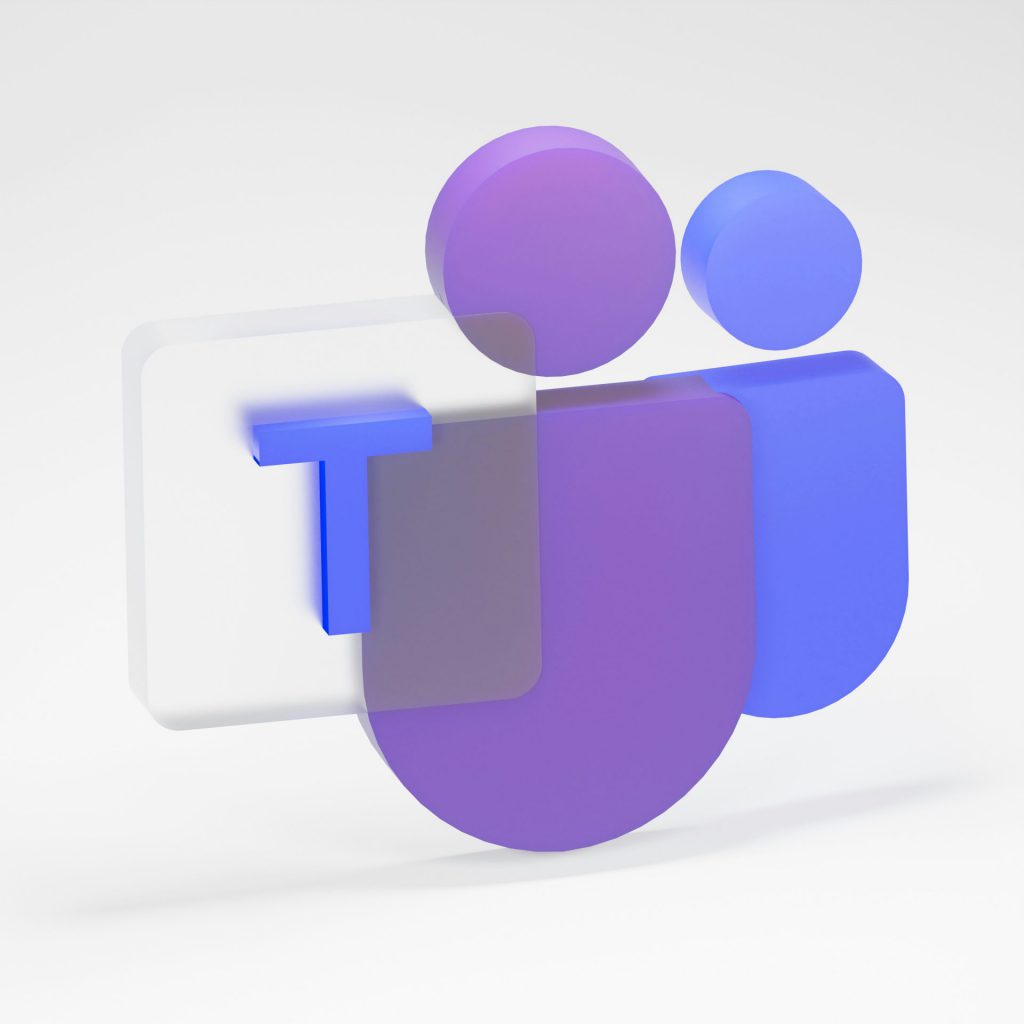If someone had told me 2 years ago that I’d be working for a Cisco partner talking about Microsoft Teams, I’d have thought that they needed a lie-down! But here I am!
The evolution
After a 3-year journey into the world of Teams voice I’ve found myself back where I’ve spent most of my career: helping my customers talk to their customers! And what a time to come back. AI is transforming digital customer engagement. There is finally a focus on agent experience as well as customer experience. And guess what? Everyone’s talking about Microsoft Teams! So, why have I joined BrightCloud Group, Cisco’s CX partner of the year in EMEA? Let me explain.
More choice… but how to differentiate?
As the number of Microsoft Teams accredited contact centres continues to grow, customers who are looking to migrate their telephony to Teams have more choice than ever before. Today, the landscape consists of Microsoft specialists who nailed their colours firmly to the Teams mast and the ‘traditional’ contact centre players who now have Teams accreditation.
Sounds like great news for customers. And indeed, it is, but this is not a level playing field.
First Adopters or Slow starters, how do you choose?
Even its most ardent detractors can’t deny that Microsoft Teams is winning the battle of the collaboration platforms. The ever-increasing number of organisations moving their telephony to Teams has meant that the contact centre vendors with the right Microsoft badges have done very well. Those who have been banging the Teams drum for the longest are getting a seat at the table. However, as more companies migrate, the larger and more complex contact centre requirements are leaving some of the Microsoft-only vendors behind from a functionality standpoint.
Mixed bag or complete solution?
Compared to the choices available to customers before the big cloud UC voice migration started, the range of contact centres fully accredited for Microsoft Teams has, until recently, been relatively small. On top of that, organisations who already have a digital customer contact strategy, or want one, are finding that many established Microsoft players have functionality gaps in this area. These gaps are often filled with 3rd party apps, for example, to send outbound SMS or provide bot functionality for automation. Yes, you get full Teams integration, but you don’t necessarily get a single, cohesive solution.
Is there such a thing as too much ‘Teams’?
There’s also the question of how ‘Teamsy’ you want your contact centre. Do you really want the agent desktop to sit in Teams? Is that the best place for an omnichannel customer experience platform to sit or should it be in a dedicated, browser-based application that’s integrated with Teams? If you go too far with the desktop integration you could end up sacrificing functionality for the sake of a ‘seamless agent experience’ and hamper customer experience!
Don’t leave the goodness behind
Now, I’m not saying that the Microsoft-only players have bad products. Far from it. There are some excellent solutions out there, and many customers use them to great effect. But if you have spent the last 5 to 10 years with an on-prem estate with a PBX and contact centre from one of the more established vendors, you might find that the functionality gaps are stopping you from migrating. Yes, moving to the cloud with Teams Phone is attractive from a cost point of view compared to supporting an on-prem estate (and the CFO can’t wait to get there). But the operation won’t thank you if they lose precious capability….and neither will your customers.
Fortunately, now that more established contact centre vendors are earning their Microsoft stripes, customers looking for an enterprise-grade, Teams-integrated, full omnichannel customer experience solution from a single vendor are having their prayers answered. The larger players are bringing their solutions, honed by years of customer experience, to the Microsoft Teams space. This brings me to why I joined BrightCloud Group.
So why I’m here?
BrightCloud Group were the first partner in the UK to deploy Webex Contact Centre on Microsoft Teams. Yes, you heard that right. Webex Contact Centre on Microsoft Teams. It’s not exactly breaking news that Webex Contact Centre is accredited for Teams. It has been for over a year. But, in my opinion, it hasn’t been talked about enough!
And what’s all this about Cisco with Microsoft?
Cisco is the world’s number one contact centre vendor, with 3.6 million agent seats deployed across 36,000+ organisations. Webex Contact Centre brings that wealth of experience and pedigree to a Microsoft Teams-certified solution. Now, customers with complex legacy environments, large agent populations, digital-first strategies, and other requirements that have left Microsoft-only vendors struggling can migrate their telephony to Teams and deploy a contact centre that can not only meet their existing requirements but take them into the AI-enabled future. Cisco and Microsoft working together can only be a good thing for the UCaaS/CCaaS market. Think of it as King Kong and Godzilla having a cuddle.
Do you want to know more?
Having said all that, navigating your journey from a traditional voice environment (PBX/Cloud PBX) to a combined Microsoft Teams/Webex Contact Centre solution isn’t as simple as switching one off and turning the other one on. It requires careful planning, a full understanding of all operational and technical requirements, and a partner that can hold your hand throughout the process, from inception to delivery. Fortunately, that’s where BrightCloud comes in. And if you want to combine your existing solution with Teams and Webex contact centre, we can do that too. But that’s another blog on its own!
Talk to our team today to learn more about Webex Contact Centre on Microsoft Teams.
____
This article is written by Andy Willson, a Business Development Director at BrightCloud Group. Andy has over 25 years of experience in the contact centre industry.




